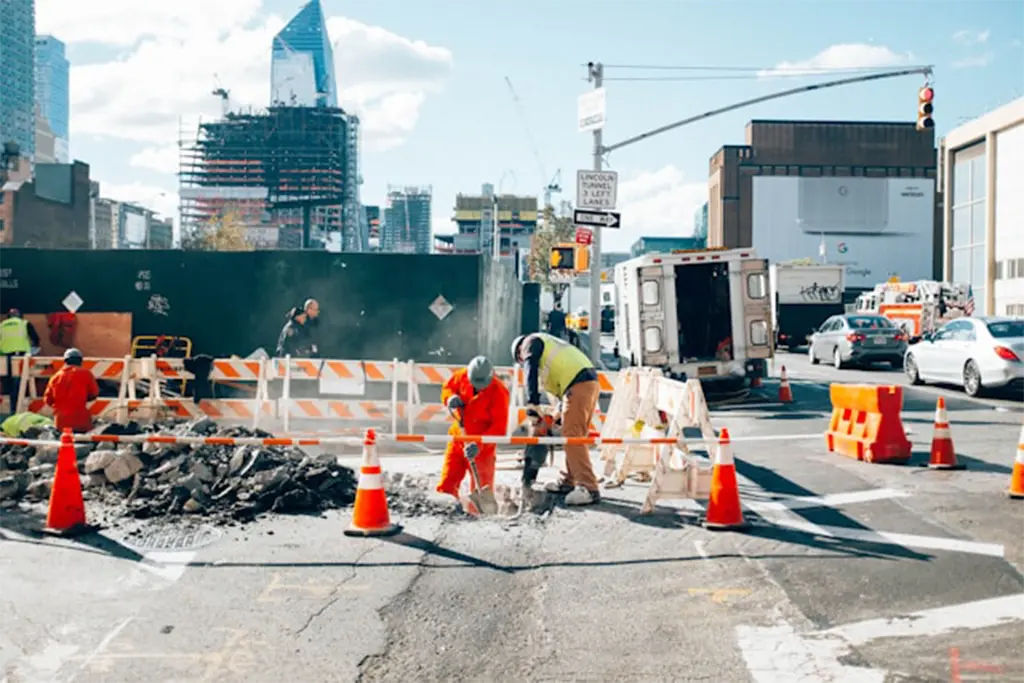Workplace accidents can disrupt operations, harm employees, and tarnish reputations. Conducting thorough accident investigations is crucial for preventing future incidents, improving safety protocols, and ensuring compliance with Canadian workplace safety regulations. This guide will walk you through the step-by-step process of conducting effective workplace safety investigations in Canada, covering essential steps, checklists, and best practices.
Understanding the Importance of Accident Investigations
Accidents are inevitable in any workplace, but how you handle them can make a significant difference. Effective accident investigations help identify the root causes of incidents, allowing you to implement corrective actions to prevent recurrences.
Why Investigate?
- Prevent Future Accidents: Understanding what went wrong helps in preventing similar incidents.
- Legal Compliance: Ensures adherence to Canadian workplace safety regulations and standards.
- Improving Workplace Safety: Enhances overall safety culture and reduces the risk of injuries.
- Protecting Company Reputation: Demonstrates a commitment to employee safety, which can improve morale and company image.
Preparation and Planning
Before an accident occurs, it’s essential to have a plan in place for conducting investigations. Preparation involves defining roles, responsibilities, and procedures to ensure a swift and efficient response when an incident happens.
Key Preparations:
- Establish an Investigation Team: Include safety officers, supervisors, and other relevant personnel.
- Develop Investigation Procedures: Outline steps for reporting, investigating, and documenting incidents.
- Train Employees: Ensure all employees understand their roles in the event of an accident.
Accident Investigation Steps in Canada
Conducting a workplace safety investigation in Canada involves several critical steps. Following a structured approach ensures that no detail is overlooked and that the investigation is thorough and effective.
Step 1: Secure the Scene
Immediately after an accident, secure the area to prevent further injuries and preserve evidence. This may involve cordoning off the site and ensuring that it remains undisturbed until the investigation is complete.
Step 2: Provide Medical Assistance
Ensure that any injured employees receive prompt medical attention. Document the extent of injuries and the initial treatment provided.
Step 3: Notify Relevant Authorities
Report the accident to the necessary regulatory bodies as required by Canadian law. This may include provincial workplace safety authorities such as the Ontario Ministry of Labour, Training and Skills Development, or similar organizations in other provinces.
Step 4: Gather Evidence
Collect all relevant evidence, including photographs, videos, and physical objects. Document the scene from multiple angles to provide a comprehensive overview of the incident.
Step 5: Interview Witnesses
Conduct interviews with all witnesses and individuals involved in the incident. Ask open-ended questions to gather detailed accounts of what happened.
Step 6: Analyze the Data
Review all collected evidence and witness statements to identify the root cause of the accident. Consider factors such as equipment failure, human error, environmental conditions, and procedural issues.
Step 7: Develop Corrective Actions
Based on your findings, develop and implement corrective actions to address the root cause and prevent future accidents. This may involve revising safety procedures, providing additional training, or upgrading equipment.
Step 8: Document the Investigation
Create a detailed report documenting the investigation process, findings, and corrective actions. Ensure that all relevant parties have access to the report and that it is stored securely for future reference.
Step 9: Follow Up
Monitor the effectiveness of the corrective actions and make adjustments as necessary. Conduct regular reviews to ensure ongoing compliance with safety protocols.
Using an Accident Investigation Checklist
An accident investigation checklist can streamline the process and ensure that no critical steps are missed. Here’s a sample checklist to guide you through the investigation:
- Secure the Scene
- Cordon off the area
- Ensure no further hazards
- Provide Medical Assistance
- Administer first aid
- Arrange for medical treatment
- Notify Authorities
- Contact provincial safety authorities
- Report the incident as required
- Gather Evidence
- Take photographs and videos
- Collect physical evidence
- Interview Witnesses
- Identify all witnesses
- Conduct detailed interviews
- Analyze the Data
- Review evidence and statements
- Identify root causes
- Develop Corrective Actions
- Propose solutions to prevent recurrence
- Implement changes promptly
- Document the Investigation
- Compile a comprehensive report
- Distribute to relevant parties
- Follow Up
- Monitor corrective actions
- Review and update safety procedures
Common Challenges and How to Overcome Them
Conducting accident investigations can present several challenges. Being aware of these obstacles and having strategies to address them can enhance the effectiveness of your investigations.
Challenge 1: Incomplete Information
Sometimes, critical information might be missing or unclear. Ensure thorough documentation and follow-up interviews to gather all necessary details.
Challenge 2: Bias and Assumptions
Investigators may have preconceived notions about the cause of the accident. Maintain objectivity and base conclusions on evidence, not assumptions.
Challenge 3: Reluctant Witnesses
Witnesses might be hesitant to provide information. Create a supportive environment and assure them that the investigation aims to improve safety, not assign blame.
Challenge 4: Complex Root Causes
Accidents often have multiple contributing factors. Use root cause analysis techniques, such as the “5 Whys” or fishbone diagrams, to identify all underlying issues.
Challenge 5: Resistance to Change
Implementing corrective actions can face resistance. Communicate the benefits of changes clearly and involve employees in the process to gain their support.
Final Thoughts
Accident investigations are vital for maintaining a safe workplace and complying with Canadian regulations. By following a structured approach and using tools like checklists, you can conduct thorough investigations that identify root causes and prevent future incidents.
At Valley WorkSafe, we offer an online Accident Incident Investigation Certification designed to equip you and your team with the skills needed to conduct effective investigations. Our courses are highly rated, easy to access, and can often be completed in under a day. This makes them an affordable way to ensure you’re up-to-date with the latest safety practices and regulations. Investing in this certification can boost your career prospects, help you stand out in resume searches, and increase your chances of promotions. Get certified today and contribute to a safer workplace for everyone.



